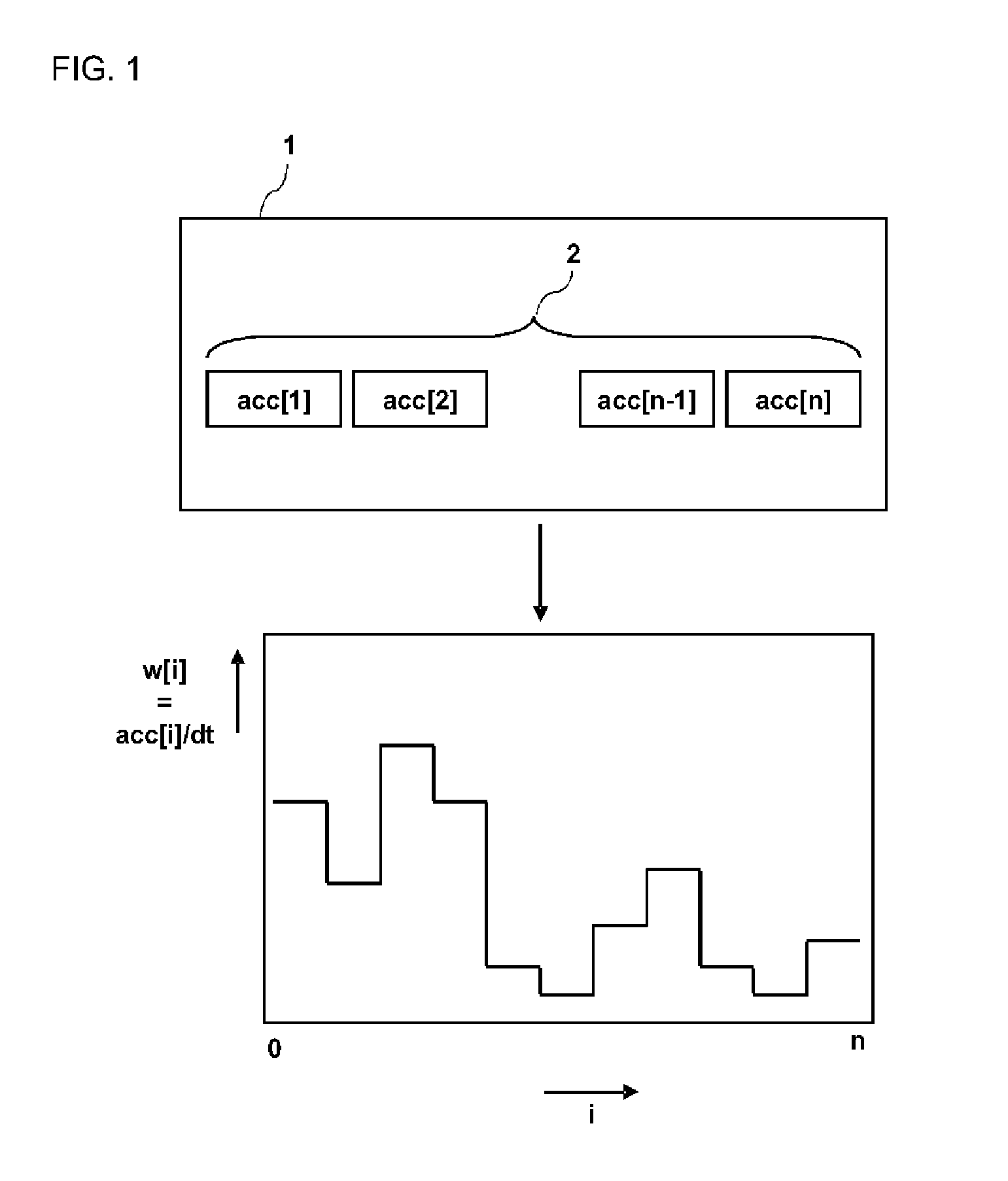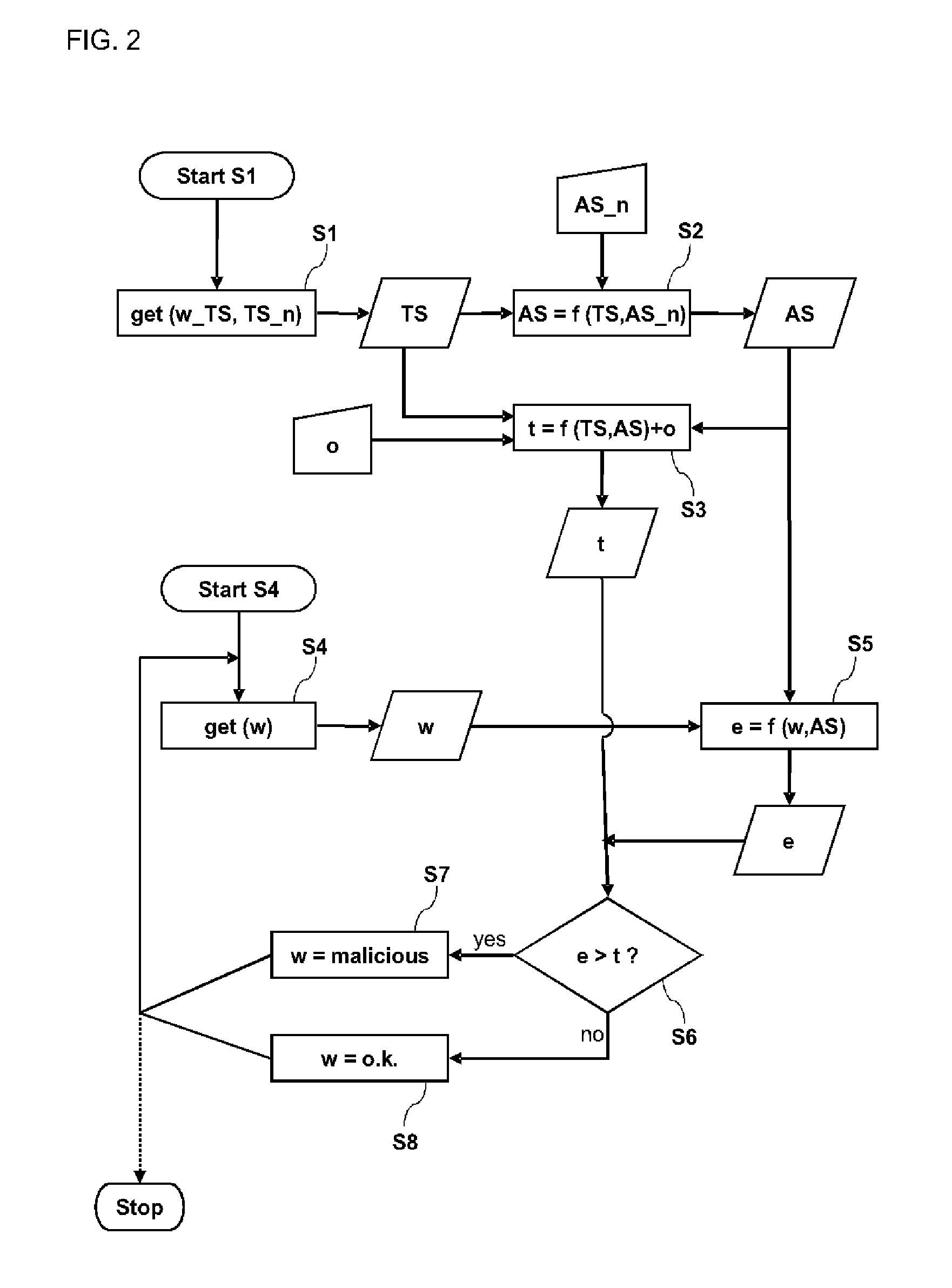Method, device and computer program product for determining a malicious workload pattern
a workload pattern and workload technology, applied in the direction of unauthorized memory use protection, instruments, error detection/correction, etc., can solve the problems of resource demand exceeding the capability of one or more of the devices, malicious or problematic workload, service failure, etc., to achieve easy assessment of the given workload pattern and limit calculation effort
- Summary
- Abstract
- Description
- Claims
- Application Information
AI Technical Summary
Benefits of technology
Problems solved by technology
Method used
Image
Examples
Embodiment Construction
[0027] In the following, a description will be provided of the present invention through an embodiment of the present invention. However, the following embodiments do not restrict the invention in the scope of the invention and all combinations of features explained in the embodiment are not always essential to means of the invention for solving the problems.
[0028] As will be appreciated by one skilled in the art, the present invention may be embodied as a method, system, or computer program product. Accordingly, the present invention may take the form of an entirely hardware embodiment, an entirely software embodiment (including firmware, resident software, micro-code, etc.) or an embodiment combining software and hardware aspects that may all generally be referred to herein as a “circuit,”“module” or “system.” Furthermore, the present invention may take the form of a computer program product on a computer-usable storage medium having computer-usable program code embodied in the m...
PUM
 Login to View More
Login to View More Abstract
Description
Claims
Application Information
 Login to View More
Login to View More - R&D
- Intellectual Property
- Life Sciences
- Materials
- Tech Scout
- Unparalleled Data Quality
- Higher Quality Content
- 60% Fewer Hallucinations
Browse by: Latest US Patents, China's latest patents, Technical Efficacy Thesaurus, Application Domain, Technology Topic, Popular Technical Reports.
© 2025 PatSnap. All rights reserved.Legal|Privacy policy|Modern Slavery Act Transparency Statement|Sitemap|About US| Contact US: help@patsnap.com



